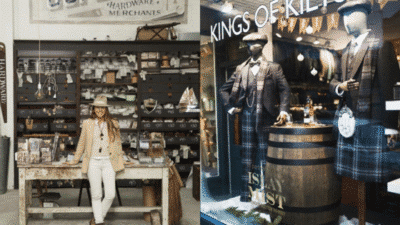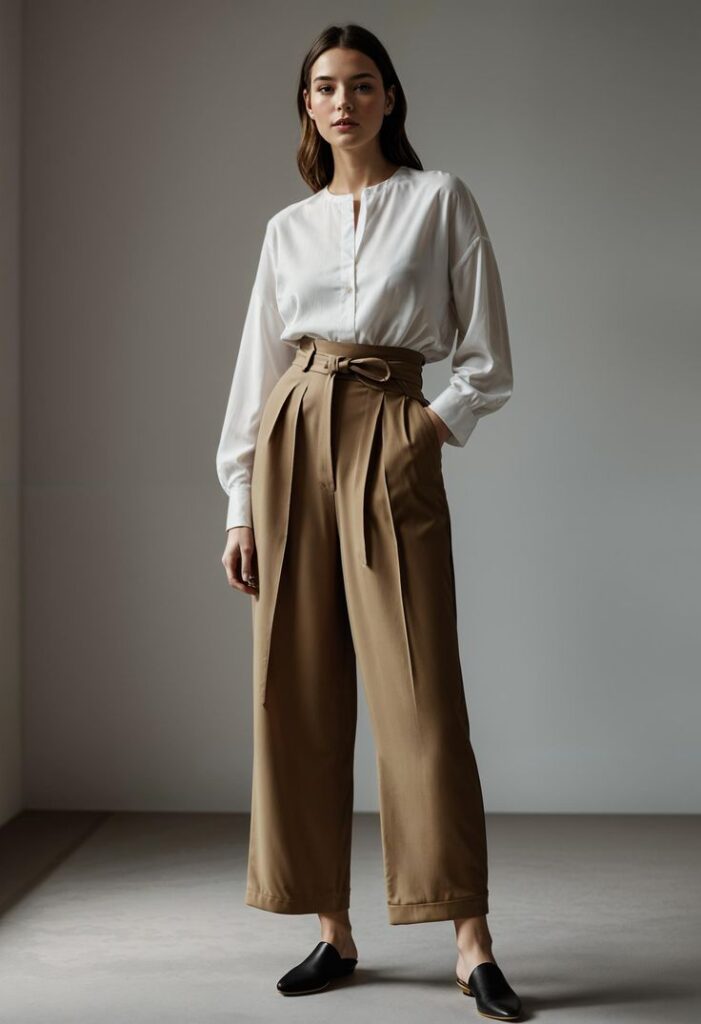

Sustainable clothing is becoming more important for people who want to help the environment. Choosing the right combinations can reduce waste and make clothes last longer. The key is to mix and match eco-friendly pieces that work well together for different occasions.
These combinations include items made from natural or recycled materials and focus on versatility. People can create stylish outfits that stay trendy while caring for the planet. This post shares 10 simple and practical sustainable clothing combinations anyone can try.
By focusing on quality, comfort, and style, these outfit ideas help reduce the need to buy often. They also show how to build a practical wardrobe that supports eco-friendly choices without sacrificing fashion.
Key Takeways
- Sustainable outfits use materials that are better for the environment.
- Combining versatile pieces reduces the need to buy new clothes often.
- Practical styling helps people maintain a long-lasting, eco-friendly wardrobe.
Understanding Sustainable Clothing Combinations
Sustainable clothing combinations focus on choosing outfits that reduce harm to the environment and last longer. This includes selecting durable materials, mixing and matching responsibly, and understanding the positive impacts of eco-friendly fashion choices.
Key Principles of Sustainable Fashion

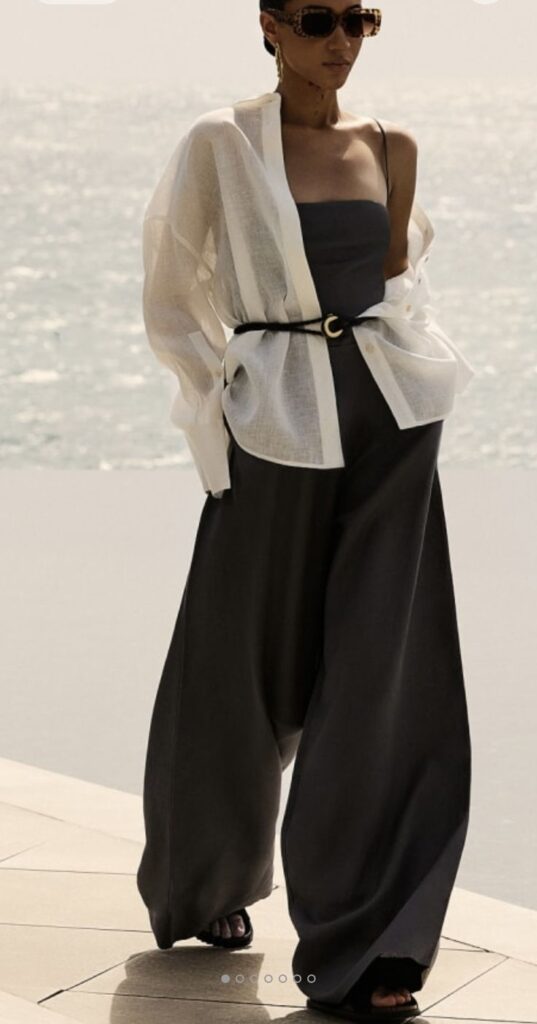
Sustainable fashion is about buying less but choosing better. It means picking clothes made to last and avoiding fast fashion trends that encourage waste.
The idea involves valuing quality over quantity. Clothes should be versatile, allowing multiple outfits from fewer pieces.
Another principle is caring for clothes properly to extend their life. Washing with cold water, avoiding harsh chemicals, and repairing damages are common practices.
Benefits of Sustainable Outfit Pairings
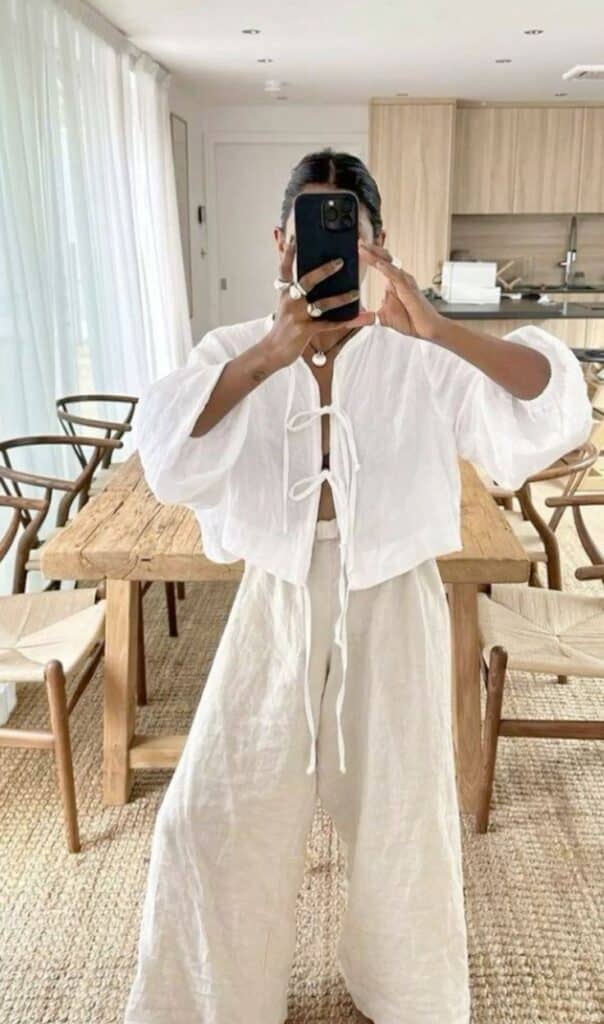
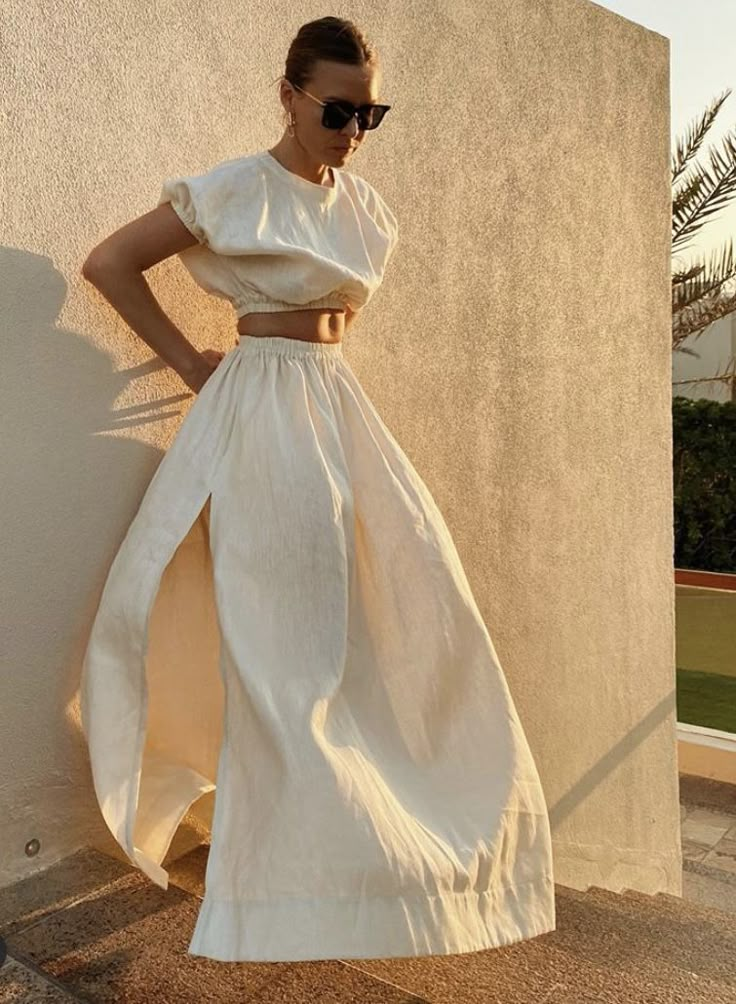
Using sustainable combinations saves money because fewer pieces are needed, and the clothes last longer.
It also helps reduce waste and pollution. By wearing items multiple times and mixing them in new ways, clothing use is maximized and fewer new items are bought.
Sustainable pairing encourages mindful shopping and a simpler wardrobe. This reduces decision fatigue and makes dressing easier.
Materials Commonly Used in Eco-Friendly Clothing
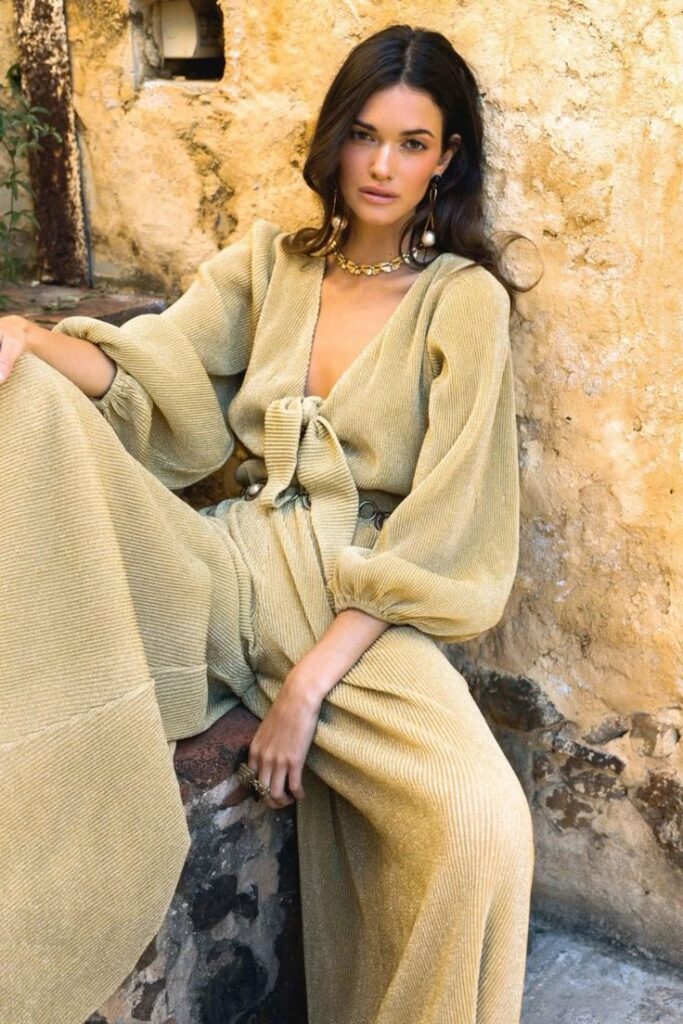

Natural fibers like organic cotton, linen, and hemp are common in sustainable clothes. They use less water and harmful chemicals in farming.
Recycled materials such as recycled polyester come from plastic bottles or old fabrics. They reduce waste and lower energy use.
Other materials include Tencel and bamboo, which are made from plants and break down faster, causing less pollution.
10 Sustainable Clothing Combinations Explained
Sustainable clothing pairs fabrics that use fewer resources and produce less waste. These combos focus on natural, recycled, or eco-friendly materials that balance comfort and durability.
Organic Cotton T-Shirt With Hemp Jeans
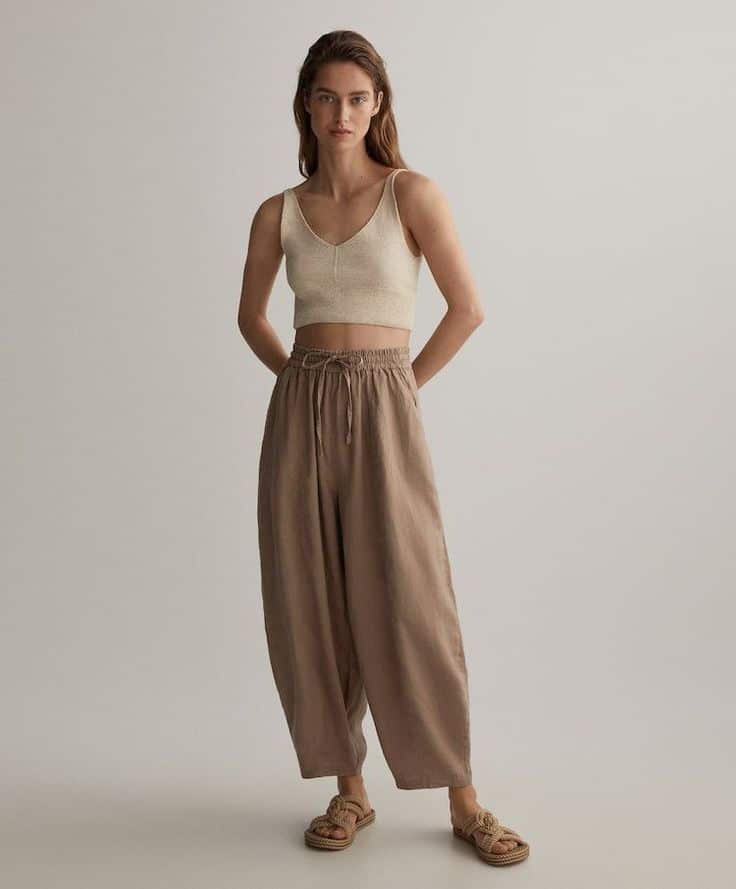
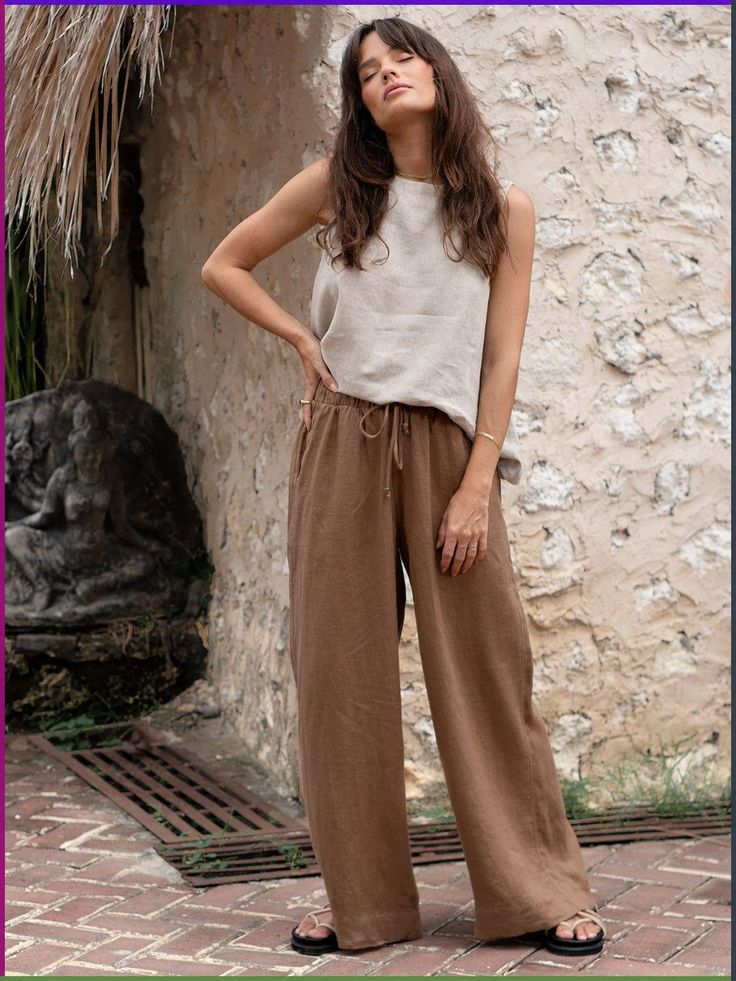
Organic cotton is grown without harmful chemicals, reducing water and soil pollution. A T-shirt made from organic cotton feels soft and breathable, making it a good choice for everyday wear.
Hemp jeans are strong and need less water to grow than regular cotton. The fabric resists wear and tear, so the jeans last longer. Combining these two materials creates an outfit that is both comfortable and long-lasting.
Together, organic cotton and hemp reduce environmental impact. They use fewer pesticides and water, which helps protect the earth.
Recycled Polyester Blouse With Tencel Skirt
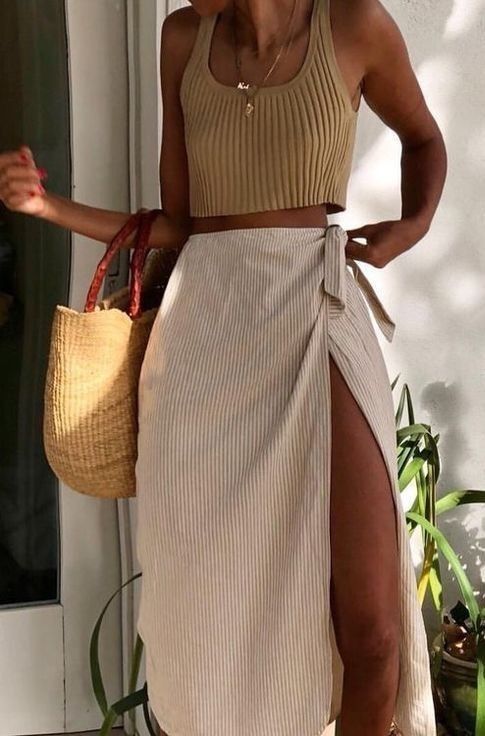
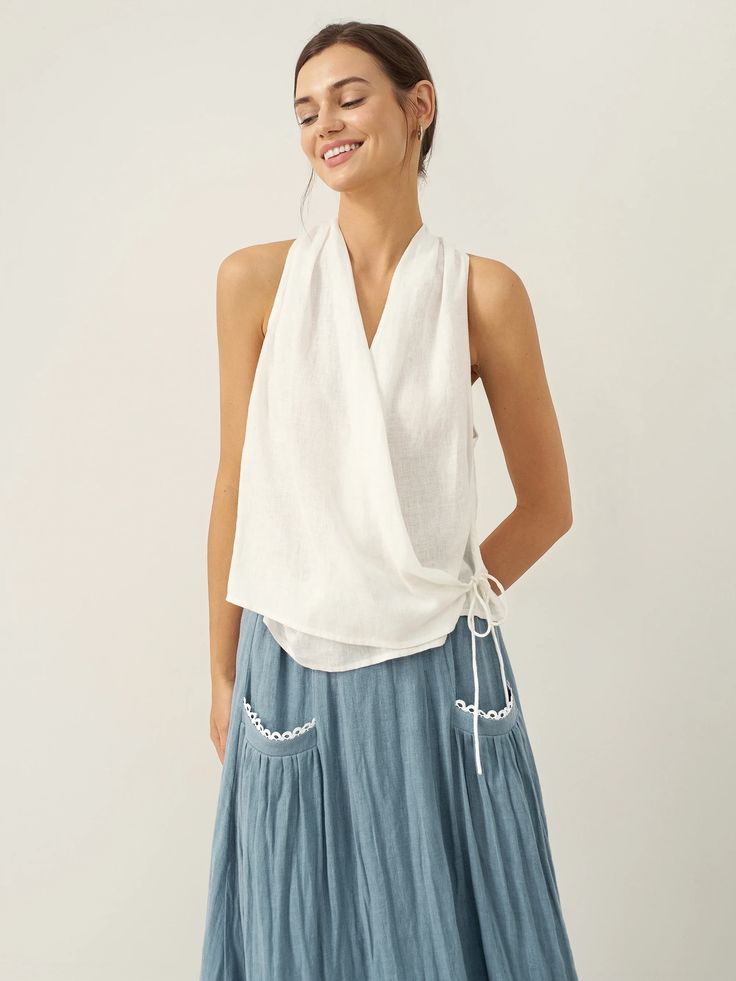
Recycled polyester comes from used plastic bottles or fabric waste. It saves raw materials and decreases landfill waste. A blouse made from recycled polyester is lightweight and dries quickly.
Tencel, made from wood pulp, is biodegradable and produced in a closed-loop system. This means most chemicals are reused, cutting pollution. A Tencel skirt feels soft and drapes well.
This combo pairs recycled plastic with sustainable wood fibers, offering a modern look with less harm to the planet. Both fabrics are easy to care for, reducing energy from washing.
Linen Shirt Paired With Organic Denim Shorts

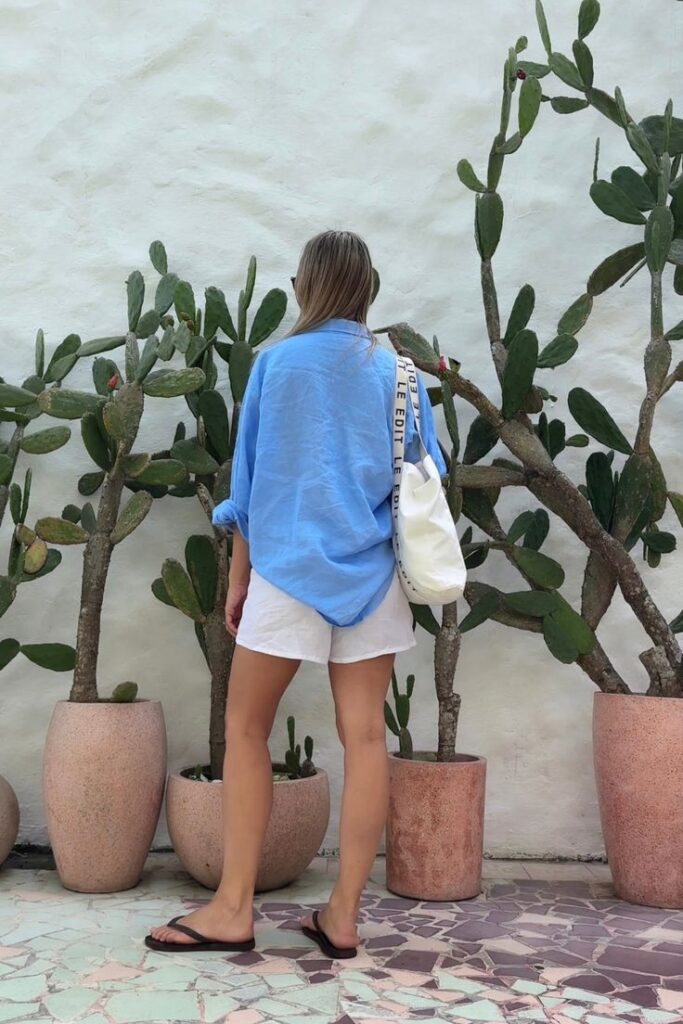
Linen is made from flax plants that require little fertilizer or water. A linen shirt is breathable, perfect for warm weather, and gets softer with each wash.
Organic denim shorts are made from cotton grown without synthetic pesticides. They provide durability with less chemical use. The shorts are versatile, matching many tops.
Together, linen and organic denim combine natural growth methods with long-lasting wear. Both materials help lower water use and chemical pollution while staying comfortable.
Bamboo Top and Cork Sneakers
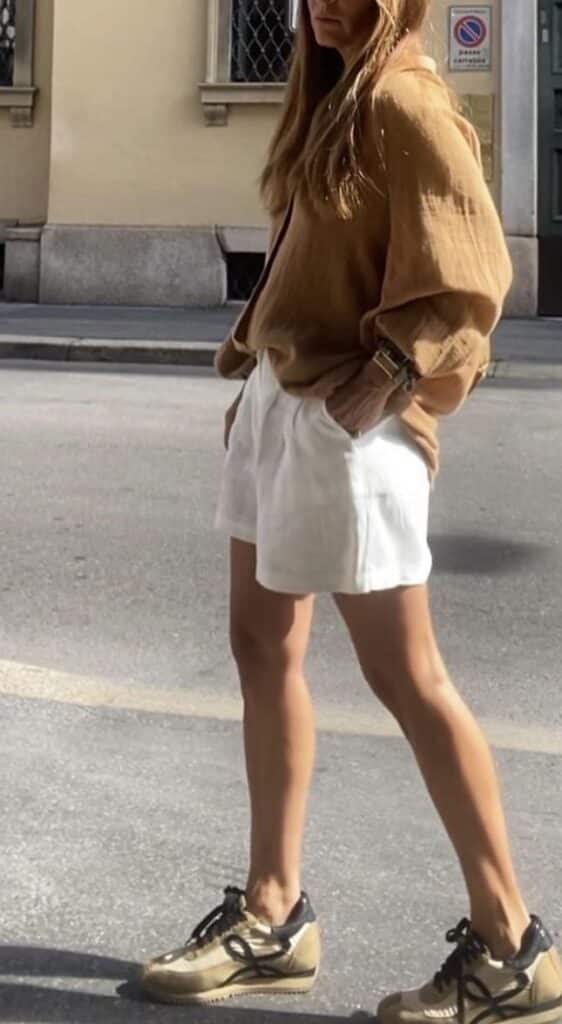

Bamboo fabric grows quickly without needing pesticides or much water. A bamboo top is soft, moisture-wicking, and naturally antibacterial, making it good for active use.
Cork sneakers use cork for soles or accents. Cork is harvested from tree bark without cutting trees down, so it regrows. The shoes are lightweight, flexible, and resistant to water.
This pairing joins fast-growing bamboo with renewable cork, creating an outfit that supports forest health. Both parts are biodegradable and reduce plastic use in clothing and shoes.
Versatile Eco-Friendly Layering Options
Layering with sustainable pieces can create practical, stylish outfits for different weather. Using natural and recycled materials ensures comfort and reduces environmental impact.
Sustainable Knit Sweater With Bamboo Leggings

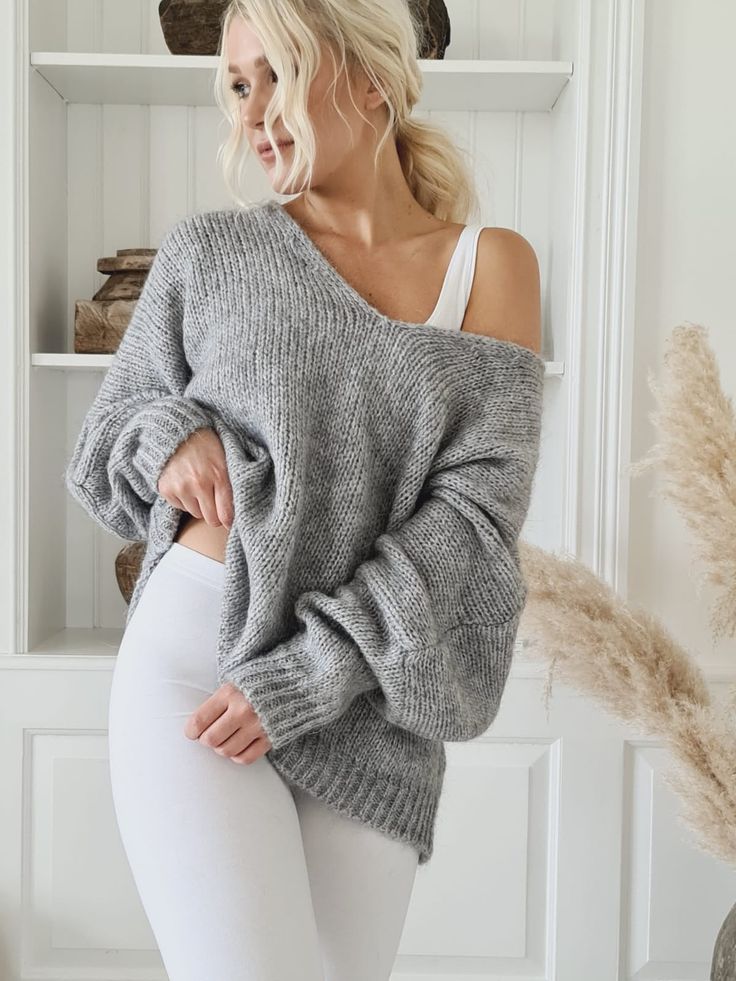
A knit sweater made from organic cotton or recycled wool works well for warmth and breathability. These materials reduce waste and avoid harmful chemicals.
Bamboo leggings offer softness and good stretch. Bamboo grows quickly and needs less water than cotton, making it a more eco-friendly choice. The leggings also wick moisture, making them useful for active days or casual wear.
Together, this combo fits many settings, from indoors to light outdoor activity. Mixing textures also adds a fresh look without sacrificing comfort.
Upcycled Denim Jacket and Linen Dress
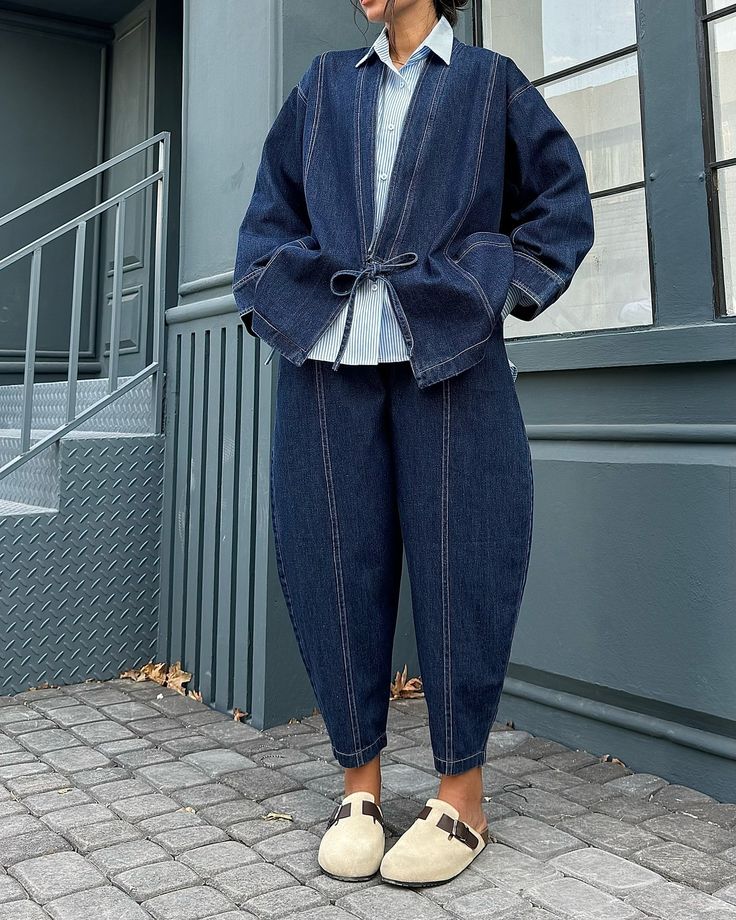

An upcycled denim jacket uses recycled fabric to reduce landfill waste and give old clothes new life. It adds durability and a classic style layer.
Pairing it with a linen dress brings in a natural, light fabric that cools well. Linen is grown with minimal pesticides and is biodegradable, making it a strong choice for sustainable fashion.
This outfit suits warmer days when a jacket is needed for cooler mornings or evenings. The pieces combine easy care with eco-awareness, helping style stay thoughtful and functional.
| Feature | Knit Sweater & Bamboo Leggings | Upcycled Denim Jacket & Linen Dress |
|---|---|---|
| Fabric Source | Organic, recycled, bamboo | Recycled denim, natural linen |
| Comfort | Soft, stretchy, breathable | Durable jacket, cool dress |
| Environmental Benefit | Low water use, less chemicals | Waste reduction, biodegradable |
| Ideal Use | Casual, active | Transitional weather, casual wear |
Seasonal Sustainable Outfit Ideas
Sustainable outfit choices can change with the seasons to match weather needs and style. Using eco-friendly fabrics and smart layering helps create outfits that work well in different temperatures while reducing waste.
Transitional Weather Outfit Pairings

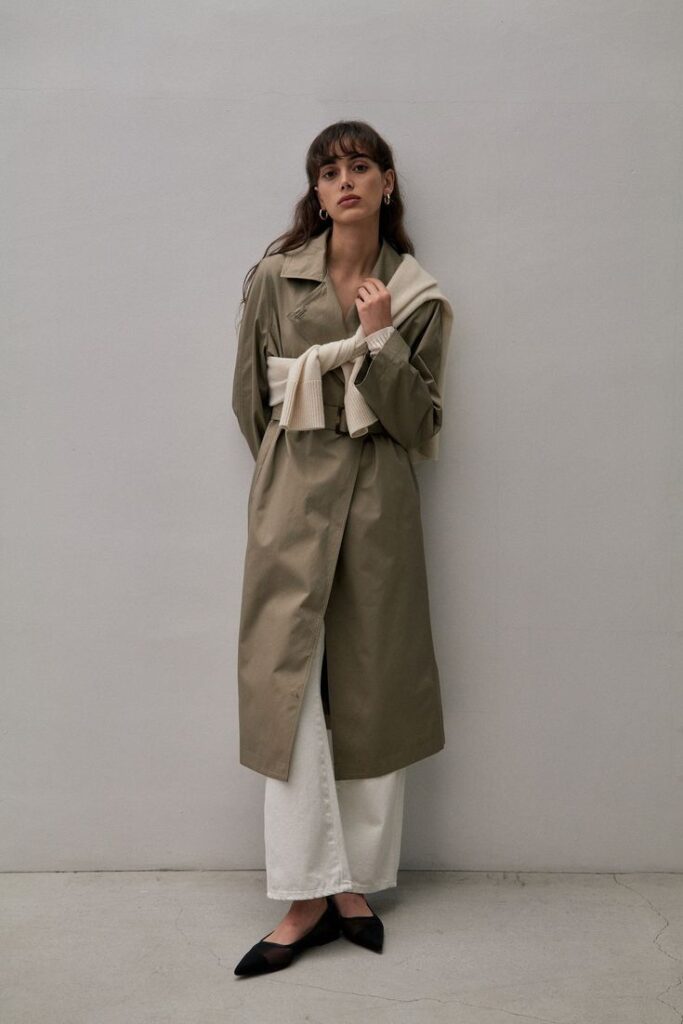
For spring and fall, outfits should be versatile to handle varying temperatures. A good option is organic cotton long-sleeve shirts paired with recycled polyester light jackets. These pieces are breathable yet provide warmth when needed.
Layering is key. A light wool scarf adds warmth without extra bulk. Combine these with sustainably made denim or hemp pants for durability and comfort. Footwear made from natural rubber and recycled materials fits well with this look.
Accessories like hats made from organic fibers and bags crafted from upcycled fabric complete sustainable choices for these seasons. Each item helps reduce the environmental impact while keeping the wearer comfortable.
Winter Layering With Wool and Recycled Fabrics
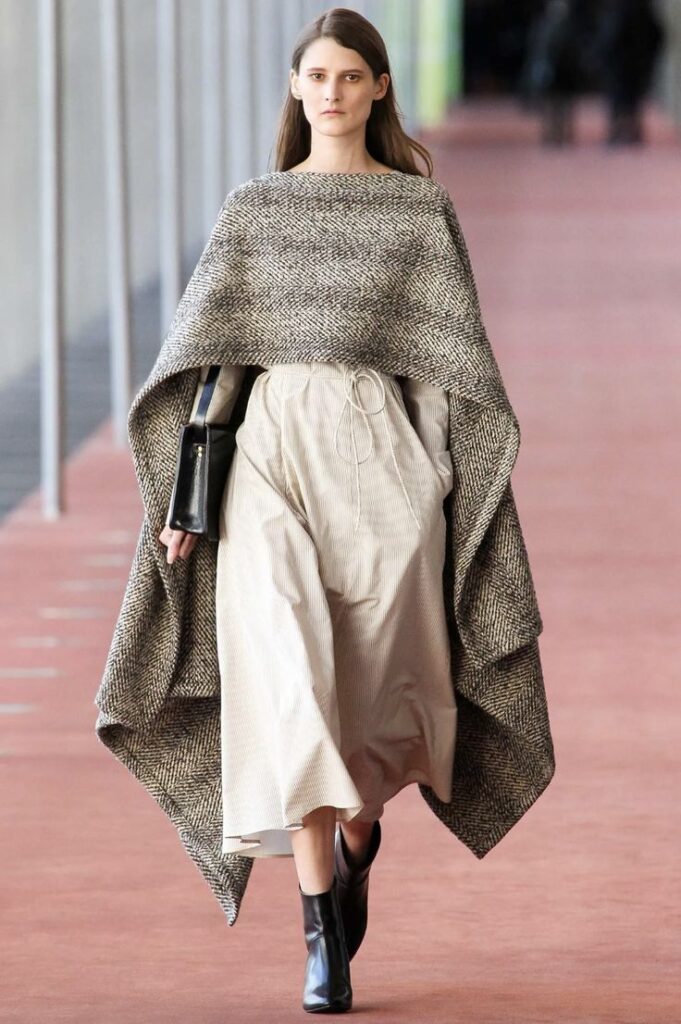
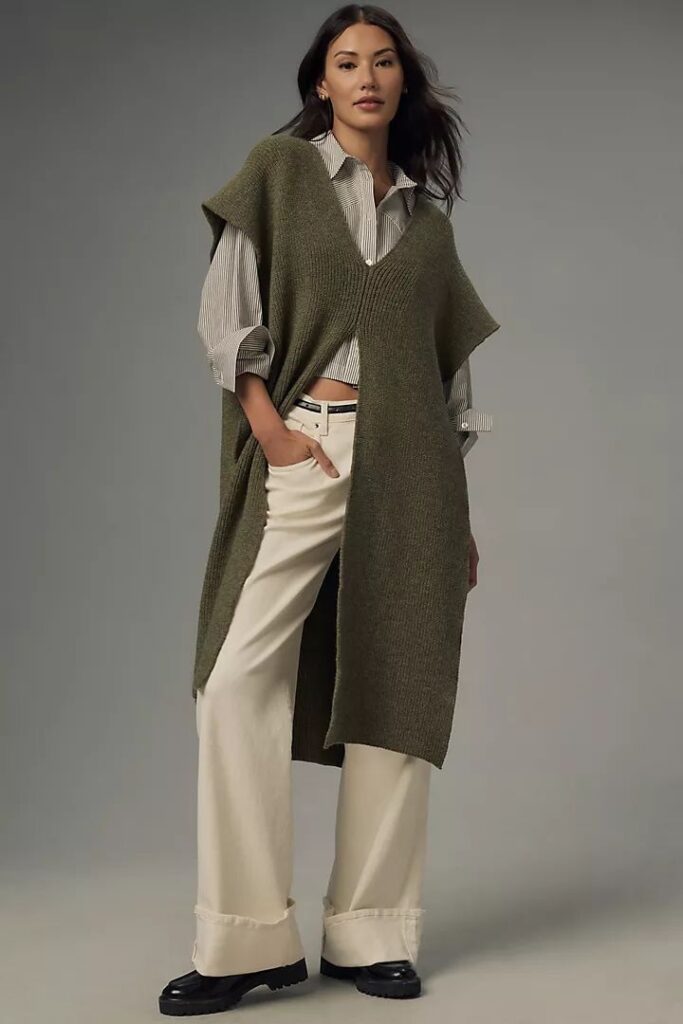
Winter outfits should focus on warmth with sustainable fabrics like organic wool, recycled fleece, and hemp. A thick wool sweater acts as an excellent base layer, trapping heat naturally.
For outerwear, jackets made from recycled polyester insulation provide warmth without heavy weight. Combining these with organic cotton thermal tops gives added comfort in cold weather.
Layering with scarves, gloves, and hats made from merino wool or other natural fibers improves insulation. Choosing these eco-friendly options reduces reliance on synthetic materials that harm the environment.
Winter footwear should include boots with recycled soles and durable uppers from natural leather alternatives for lasting wear and less impact on nature.
Accessorizing Sustainable Ensembles
Choosing the right accessories can support sustainable fashion by focusing on materials and makers. Footwear and bags made with ethical practices help reduce environmental harm and improve working conditions. Durable and eco-friendly designs extend the life of these items.
Ethically Made Footwear
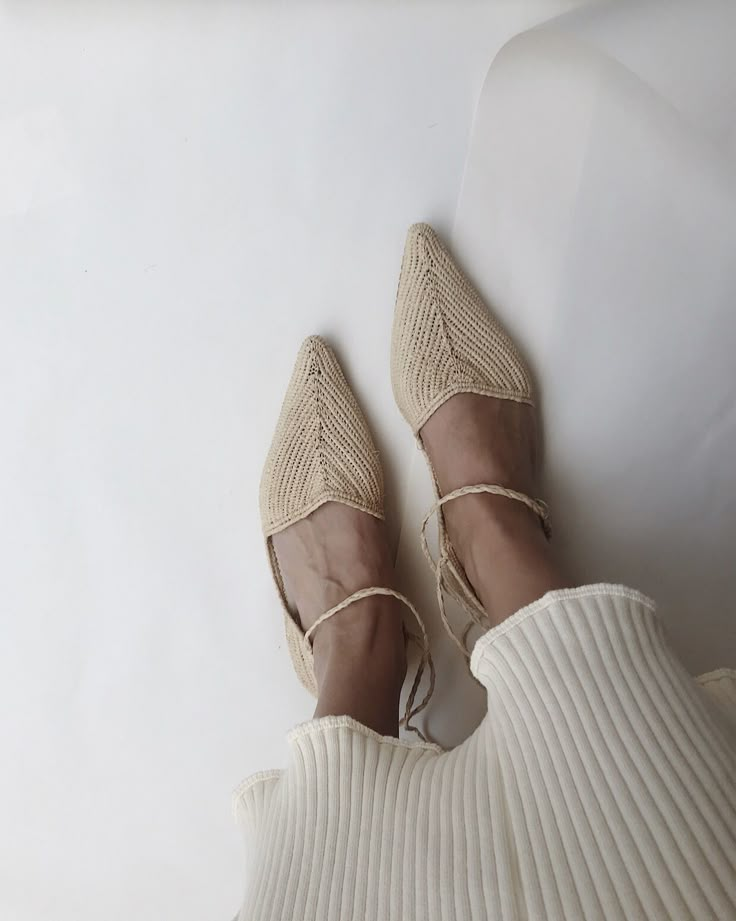
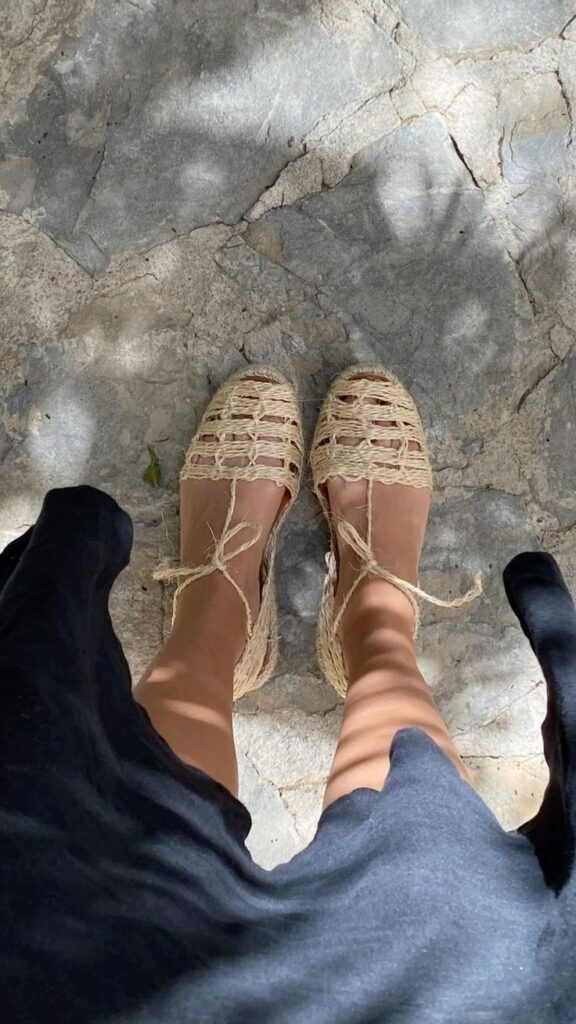
Ethical footwear uses materials like organic cotton, natural rubber, and recycled plastics. Brands often work with fair labor standards, ensuring workers earn fair wages in safe conditions.
Look for certifications like Fair Trade or the Global Organic Textile Standard. Shoes made from vegetable-tanned leather or plant-based alternatives avoid toxic chemicals common in regular leather tanning.
Durability is key. Well-made shoes last longer, reducing the need to buy replacements often. Some brands offer repair services or use modular designs to replace worn parts, cutting down waste.
Eco-Conscious Bags and Belts
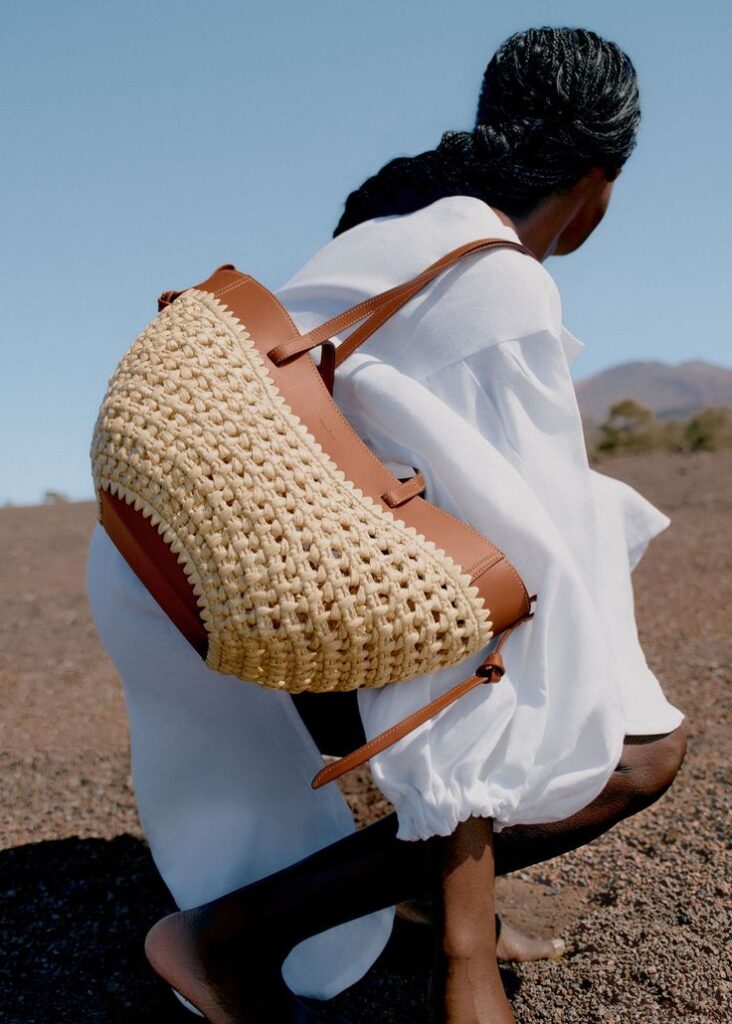

Eco-conscious bags and belts are created from sustainable materials such as cork, recycled polyester, and organic cotton. Cork is water-resistant, lightweight, and harvested without damage to trees.
Recycled polyester comes from plastic bottles, diverting waste from landfills and oceans. Organic cotton bags avoid harmful pesticides and fertilizers.
Choosing timeless styles over fast fashion reduces turnover. Some brands partner with local artisans or use low-impact dyes to lessen environmental damage.
Small details like metal hardware made from recycled metals also improve sustainability. Durable stitching and quality materials make these accessories last longer, supporting a circular fashion model.
Tips for Building a Sustainable Wardrobe
Building a sustainable wardrobe involves choosing clothing carefully to reduce waste and environmental harm. This includes combining eco-friendly items skillfully and opting for styles that last over time. Each step helps create a closet that is both practical and kind to the planet.
Mixing and Matching Eco-Friendly Pieces


Choosing eco-friendly clothes means paying attention to materials like organic cotton, hemp, and recycled fabrics. These fabrics use less water and chemicals during production. When mixing and matching, focusing on neutral colors like black, white, beige, and gray makes it easier to wear different pieces together.
Layering helps extend outfit options. For example, a recycled polyester jacket can be paired with organic cotton pants and a sustainably made T-shirt. Accessories made from natural or recycled materials add variety without extra waste. This approach reduces the need to buy many new clothes and encourages using what one already owns.
Selecting Timeless and Durable Styles
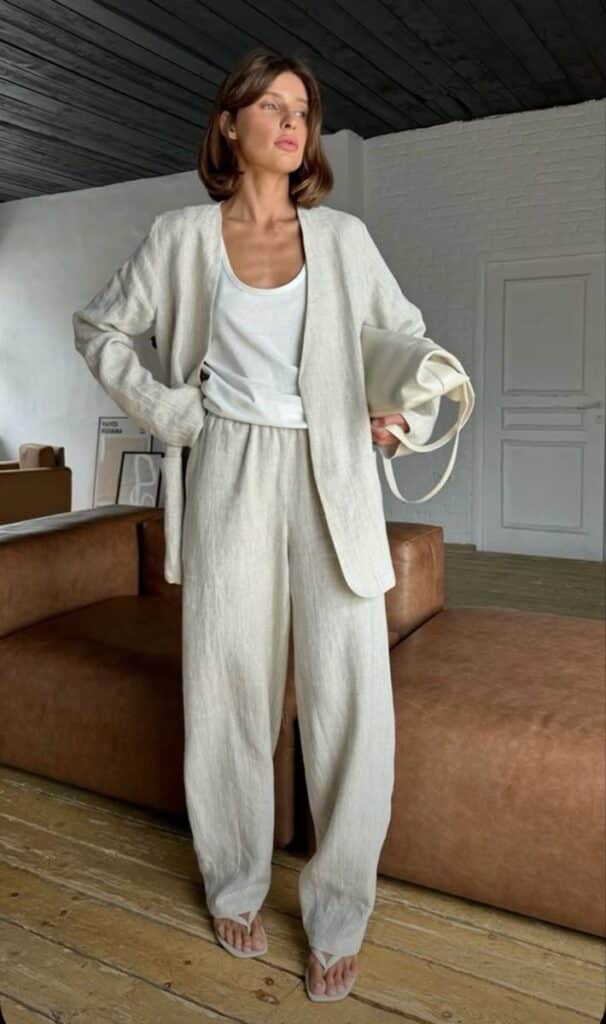
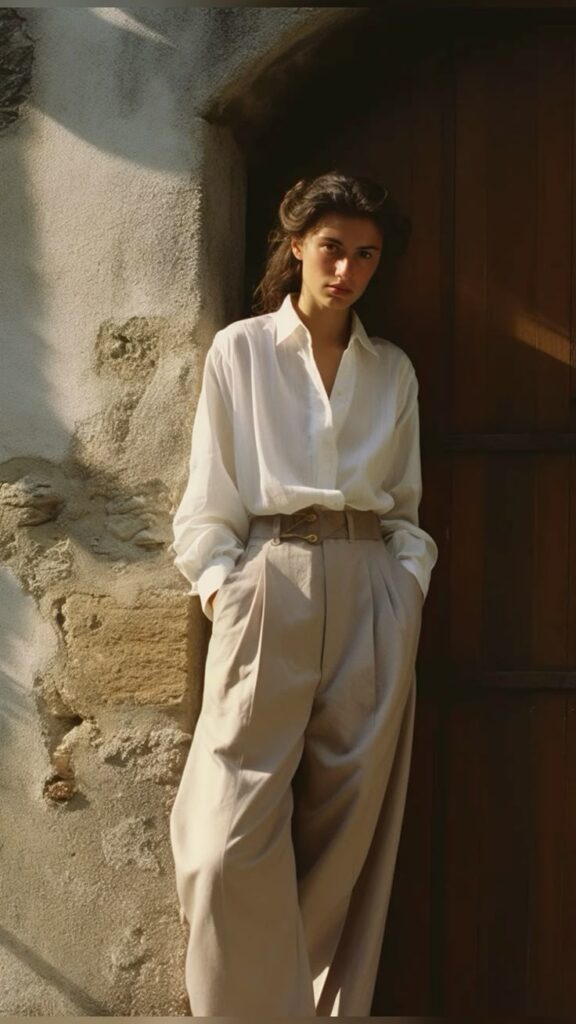
Clothes that follow trends often become outdated quickly. Choosing timeless designs means fewer replacements. Simple cuts like classic jeans, plain shirts, and basic sweaters tend to stay stylish for years. Durable construction is also important; strong stitching and quality fabrics make clothes last longer.
Before buying, checking garment labels helps confirm durability and care instructions. Items that require less washing, like wool sweaters, save water and energy. Investing in fewer, well-made pieces is better than buying many cheap clothes that wear out fast. This helps lower the overall impact on the environment.
- 1.0Kshares
- Facebook0
- Pinterest1.0K
- Twitter0


